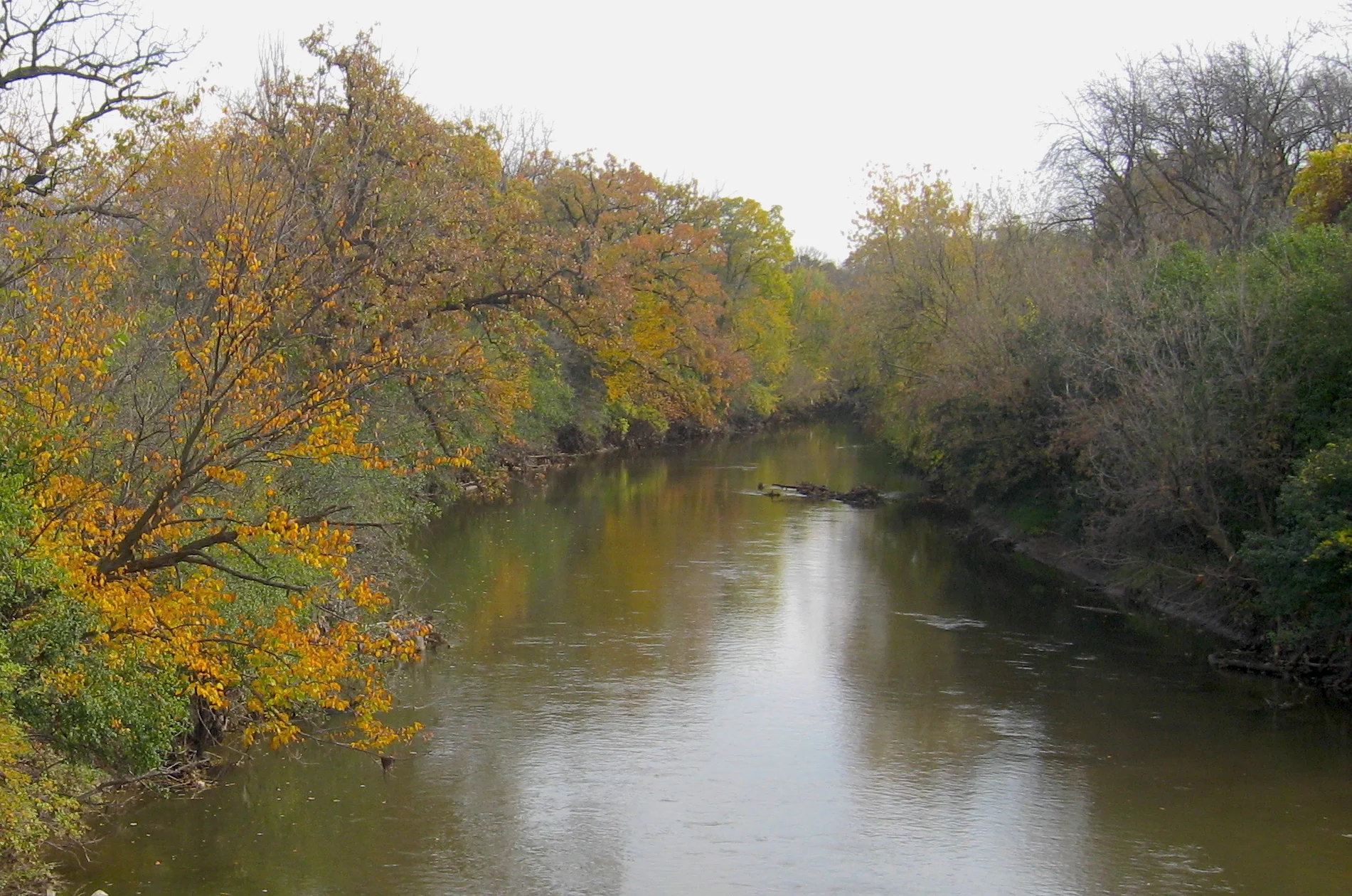History of the Salt Creek
Fourteen thousand years ago, huge glaciers carved out the Great Lakes and excavated the entire landscape down to the bedrock - drastically altering the Midwest. The subsequent glacial debris rebuilt the landscape by forming hills, valleys and plains, while the melt water formed the region's lakes, wetlands and streams.
Over time, woodland, wetland and riparian ecosystems reestablished themselves comprised of plants and animals that further built the landscape in an interdependent relationship with their environment. The soils that developed in the Chicagoland area - while at first influenced by geologic and topographic factors - were mostly shaped by the variety of natural plant and animal communities that provided the lush biomass necessary for the formation of thick, organic-rich soils.
The topography in conjunction with local weather conditions determined the shape of watersheds and the size of streams, flood plains and wetlands. Rainfall and snow melt would first infiltrate the soil in place and returned water to the atmosphere via evapotranspiration. Any excess water in the system was managed in wetlands and flood plains. All of these natural processes worked together to achieve a long term equilibrium in the water cycle.
When Native Americans settled in the area they found a balanced ecosystem that they too managed to live with in harmony. Europeans found abundant natural resources and fertile soils suitable for extraction and agricultural purposes, which supported Chicago's great financial success and provided the catalyst for expanded settlement throughout the region. This development, like the glaciers before them, drastically altered the landscape and disturbed the delicate relationship between geology, topography, soil, climate, and native plant and animal communities.
Today, the Salt Creek watershed is highly urbanized and densely populated. Human activities of all kinds place tremendous strains on the natural environment, which are evidenced by air pollution, soil erosion, flooding, water pollution, habitat loss, and decreased species diversity. Citizens living throughout the Salt Creek watershed are becoming more aware of this imbalance and are looking for ways to improve conditions.
The Salt Creek will not be what it was 10,000 or even 300 years ago, but it is a natural resource suitable for fishing, recreating, and deserving respect and proper management in order to improve the quality of life in an area that many people call home.

